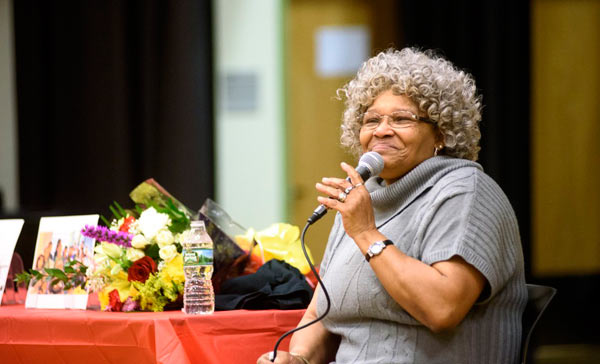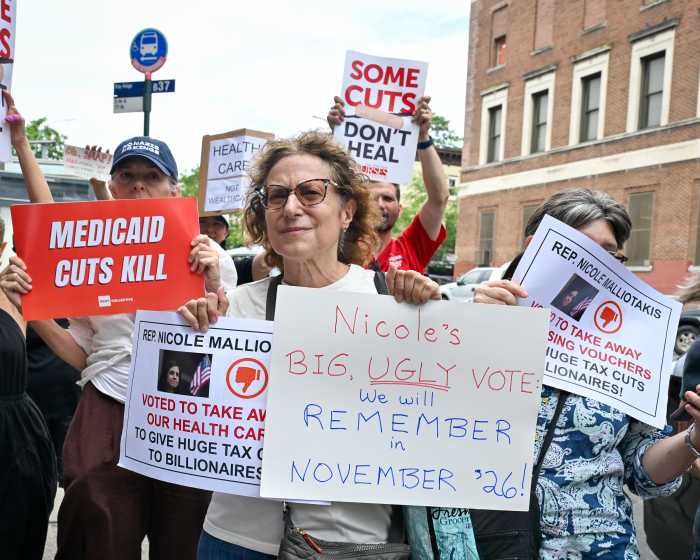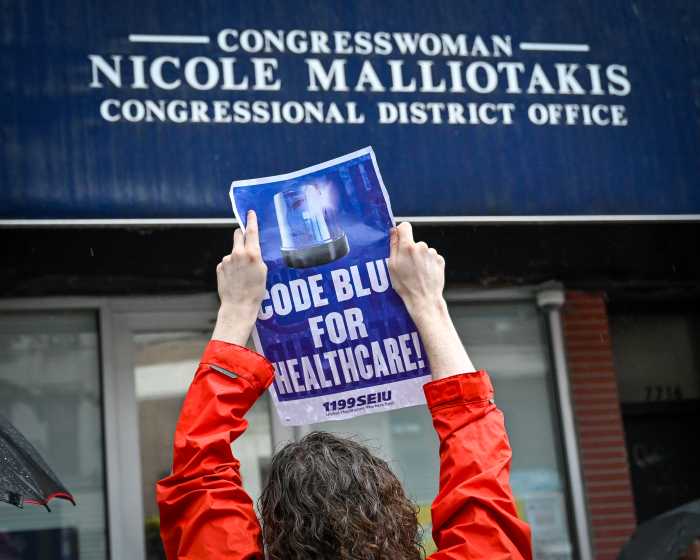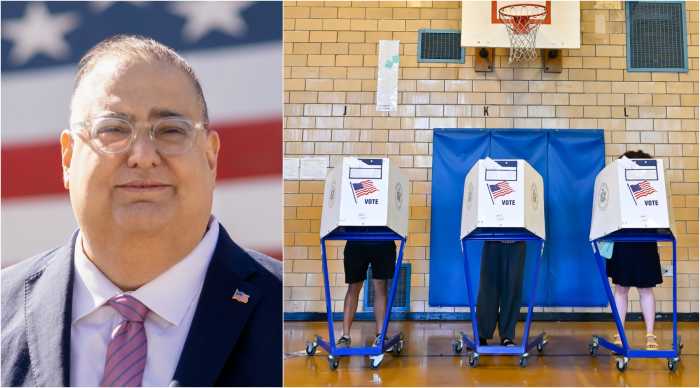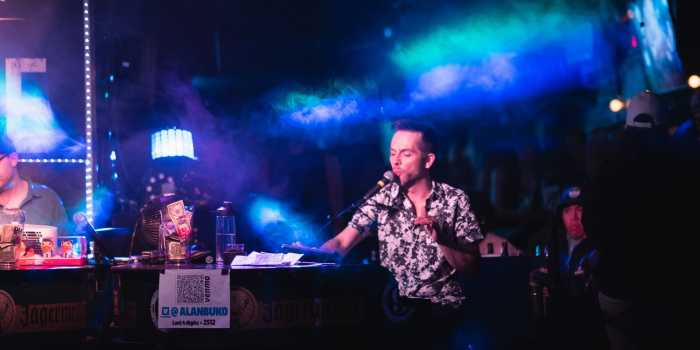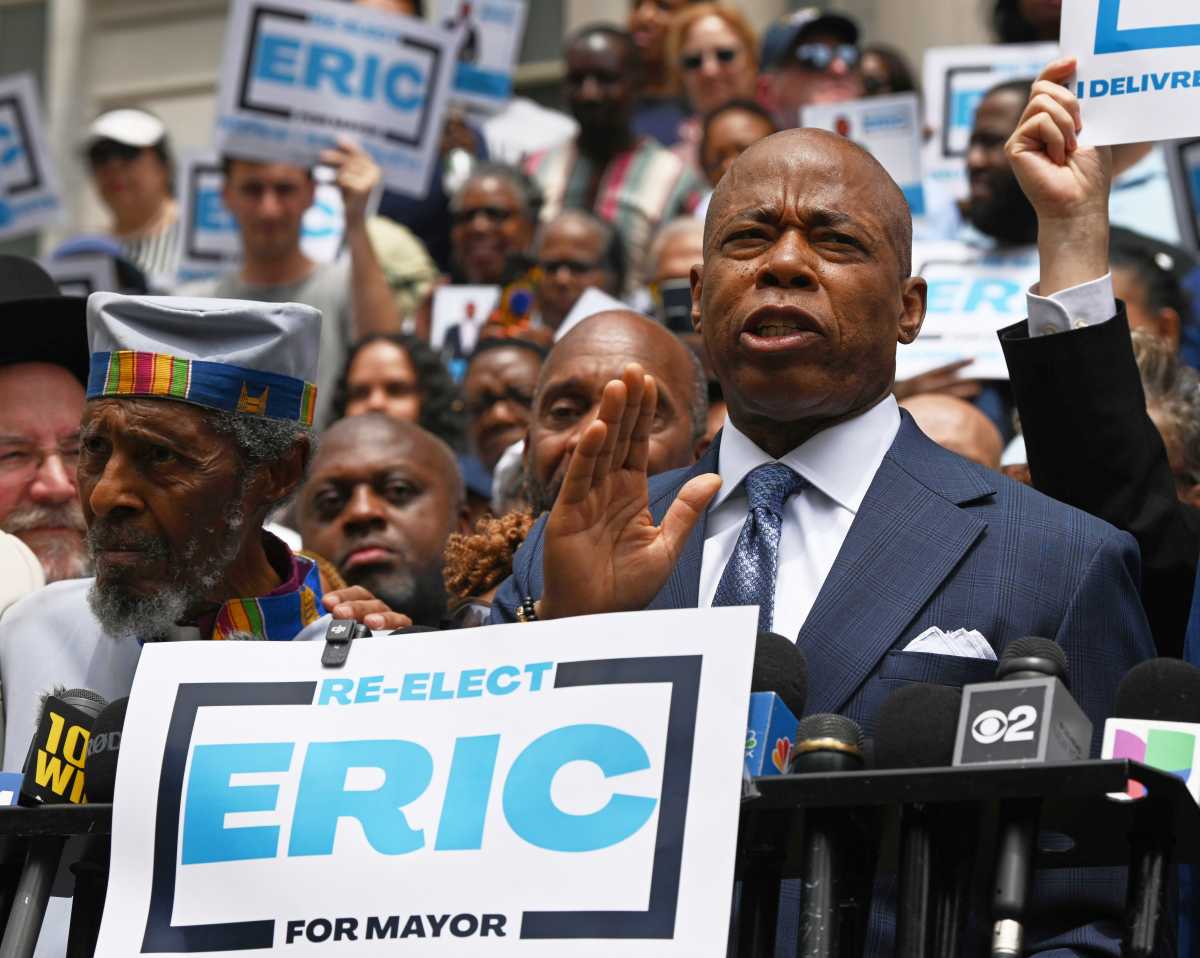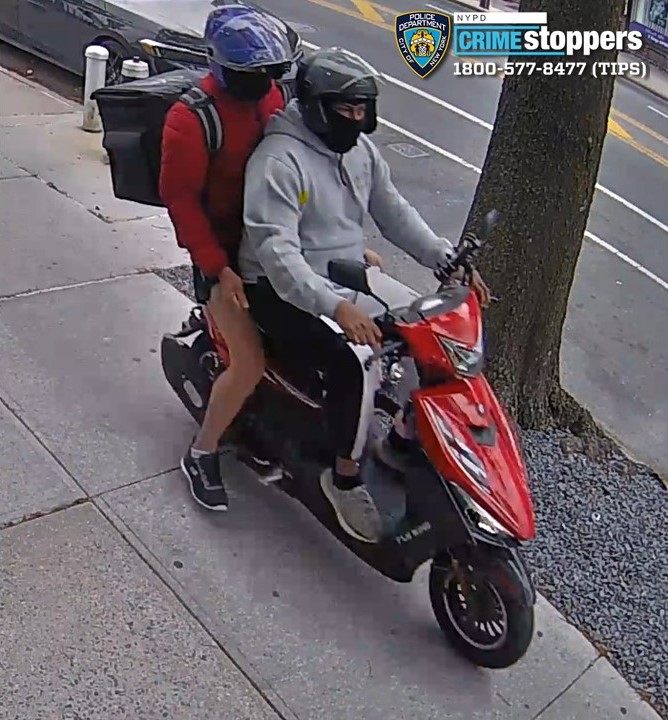It’s been a long walk from Selma to Bay Ridge.
The youngest person to march with Martin Luther King, Jr., from Selma to Montgomery, Ala., in 1965 visited students at Mary White Ovington elementary and middle school in Bay Ridge on March 27.
Civil rights activist Lynda Blackmon Lowery marched when she was just 15-years-old and helped profoundly change America, proving to students today that they can make a difference too, no matter their age. And her story was particularly inspiring to Syrian refugees at the school, said one student whose family fled that war torn country.
“The refugees need to live in a safe country just like Lynda Lowery,” said second-grader Rayan Alrahawan. “So I will fight for the refugees [so] the children can go to school and the families can go to work.”
Alrahawan is one of the more than 4.6 million Syrian refugees in America who began pouring out of that country with the start of the Syrian civil war in 2011, according to the United Nation’s Office for the Coordination for Humanitarian Affairs.
Students drew parallels to Lowery’s struggles and their own as refugees — with one student emphasizing the importance of basic human rights in an illustrated letter to Lowery.
“Without freedom, I can’t do anything,” said second-grader Layan Nakawh, who is also a refugee. “In my country, Syria, the kids can not go to school. They have nothing. I hope that one day the children in Syria will have freedom like the children in America.”
Lowery visited the school after connecting with educators who heard her speak at the Jane Addams Peace Association last fall, where Lowery received the Jane Addams Children’s Book Award for “Turning 15 on a Road to Freedom: My Story of the 1965 Selma Voting Rights March.” The visual memoir was written for young readers and was a school-wide read this year for students at Mary White Ovington.
During the visit, Lowery shared her experiences with a packed auditorium of more than 250 eighth-graders, and reviewed historical footage of the marches from the Library of Congress that showed Lowery.
She also dropped by classrooms throughout the day where kids shared artwork, comic strips, and a project on activism that was inspired by Lowery’s book.
It was a compelling visit that likely spurred future social justice leaders, said one educator.
“It was absolutely powerful,” said school librarian Alla Umanskaya. “She showed the kids you can make a change even though you’re children. History really came to our school. That’s how it felt.”


